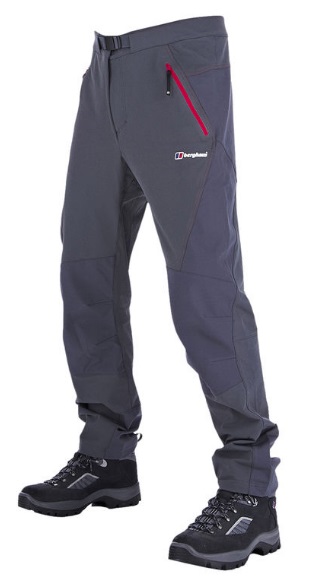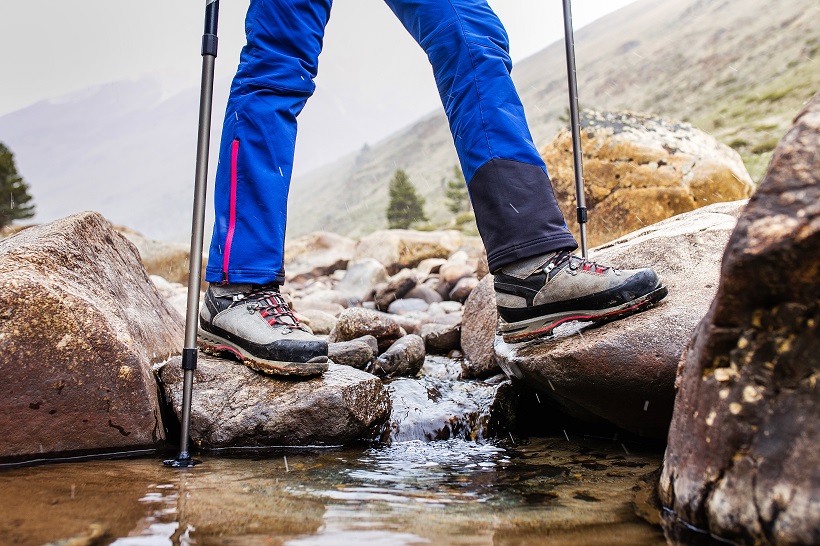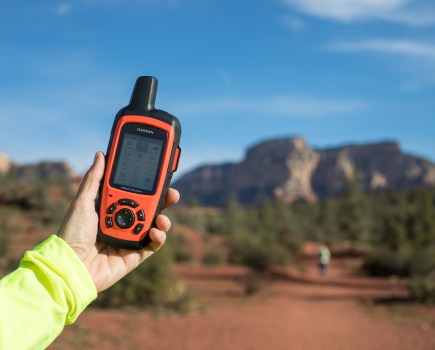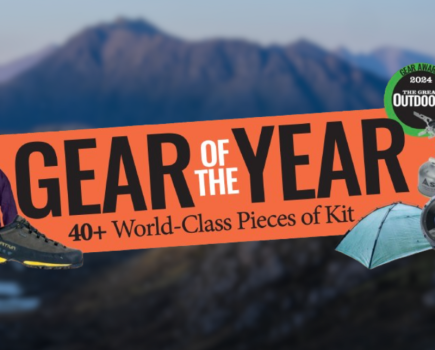Will Renwick gives a buyer’s guide to softshell trousers, introducing the materials and technology and the features that make a great pair for hiking
Softshell fabrics vary greatly, but are generally synthetic materials with a degree of both stretch and weather-protection. Most are treated with a Durable Water Repellent that will keep the material dry in all but heavy rain, meaning you’re less likely to resort to waterproof overtrousers (this DWR will need replenishing over time). Softshell fabric should also be woven tightly enough to provide protection from the wind – although this can mean a reduction in breathability.
The other main benefit of softshell is the stretchiness – making it well suited to legwear. The ‘give’ the material has means much more maneuverability, extra comfort and even durability. For these reasons, softshell trousers are often the legwear of choice for activities such as mountaineering, climbing and scrambling.
Click here to browse our softshell trousers tests
Each pair can range widely in thickness and in weight. Some are light and stretchy and best suited to warm weather, while others can be warm enough to handle long days on the winter hills. Cold weather trousers are inevitably thicker and heavier but much more suited to adverse conditions.
What to check for

The Berghaus Patera
[1] Water repellency
Most softshell trousers are treated with Durable Water Repellent (DWR) chemicals. These should be effective for several washes (most brands claim up to 10). Tumble-drying on a low setting helps reactivate DWR. If it wears out, an option is to reapply treatment. Grangers, Storm and Nikwax offer products for this.
[2] Waist
Some trousers come with a built-in or removable belt. Others are elasticated or semi-elasticated. Look for side or back elastic and belt loops or Velcro adjusters.
[3] Ankle cuff
Ankle cuff volume adjusters in the form of studs, Velcro or zips are often featured on softshell trousers. These are useful for when the trousers need to be worn over high boots or narrowed so as not to snag in undergrowth or catch in the wind. Some ankle cuffs will also have technical features such as lace hooks and panelling to protect against crampon scratches.
[4] Pockets
It can be useful to have a pocket that is big enough to fit a map and at least one zip or sealable one that can securely hold small and important items.
[5] Knees
Articulation allows the fabric to accommodate knee bend without restricting movement. Pre-curved knees are comfortable, however they can bulge when you’re not moving. Stretch fabric on the knees is comfortable but sometimes it can be less durable.
Main image by Shutterstock








